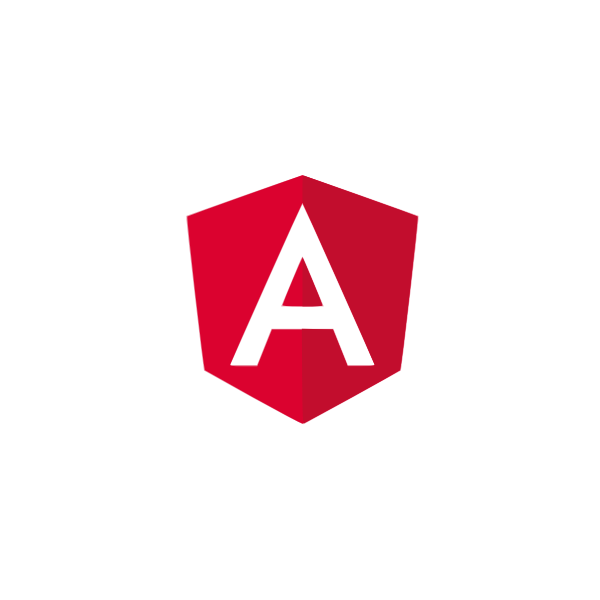
Calliope - An Elixir Haml Parser 
For those of you that prefer the poetic beauty of HAML templates over HTML, then Calliope is the package for you. Calliope is a parser written in Elixir that will render HAML/Elixir templates into HTML. For example, we can render the following HAML:
!!! 5
%html{lang: "en-US"}
%head
%title Welcome to Calliope
%body
%h1 Calliope
%h2 The muse of epic poetry
Into this HTML:
<!DOCTYPE html>
<html lang="en-US">
<head>
<title>Welcome to Calliope</title>
</head>
<body>
<h1>Calliope</h1>
<h2>The muse of epic poetry</h2>
</body>
</html>
Using
Calliope is simple to add to any project. If you are using the hex package manager, just add the following to your mix file:
def deps do
[ { :calliope, '~> 0.4.2' } ]
end
If you aren't using hex, add the reference to the github repo.
def deps do
[ { :calliope, github: "nurugger07/calliope" } ]
end
Then run mix deps.get in the shell to fetch and compile the dependencies. Then you can either call to Calliope directly:
iex(1)> Calliope.render "%h1 Welcome to Calliope"
"<h1>Welcome to Calliope</h1>"
Or you can use Calliope in a module and call through your module:
defmodule MyModule do
use Calliope
end
iex(1)> MyModule.render "%h1 Welcome to Calliope"
"<h1>Welcome to Calliope</h1>"
Formating
If you are not familiar with HAML syntax I would suggest you checkout the reference page. Most of the syntax has been accounted for but we are in the process of adding more functionality.
HAML is basically a whitespace sensitive shorthand for HTML that does not use end-tags. Although Calliope uses HAML formating, it does use its own flavor. Sounds great but what does it look like:
%tag{ attr: "", attr: "" } Content
Or you could use the following:
%tag(attr="" attr="" ) Content
The id and class attributes can also be assigned directly to the tag:
%tag#id.class Content
If you are creating a div you don't need to include the tag at all. This HAML
#main
.blue Content
Will generate the following HTML
<div id='main'>
<div class='blue'>
Content
</div>
</div>
Passing Arguments
The render function will also take a list of named arguments that can be evaluated when compiling the HTML
Given the following HAML:
#main
.blue= content
Then call render and pass in the haml and content:
Calliope.render haml, [content: "Hello, World"]
Calliope will render:
<div id='main'>
<div class='blue'>
Hello, World
</div>
</div>
Embedded Elixir
Calliope doesn't just evaluate arguments, you can actually embed Elixir directly into the templates:
for
- for { id, headline, content } <- posts do
%h1
%a{href: "posts/#{id}"}= headline
.content
= content
Pass that to render with a list of posts
Calliope.render haml, [posts: [{1, "Headline 1", "Content 1"}, {2, "Headline 2", "Content 2"}]
Will render
<h1>
<a href="https://raw.githubusercontent.com/nurugger07/calliope/master/posts/1">Headline 1</a>
</h1>
<div class="content">
Content 1
</div>
<h1>
<a href="https://raw.githubusercontent.com/nurugger07/calliope/master/posts/2">Headline 2</a>
</h1>
<div class="content">
Content 2
</div>
if, else, and unless
- if post do
%h1= post.title
- if post.comments do
%p Has some comments
- else
%p No Comments
- unless user_guest(user)
%a{href: "posts/edit/#{id}"}= Edit
case
- case example do
- "one" ->
%p Example one
- other ->
%p Other Example
#{other}
Local Variables
- answer = 42
%p= "What is the answer #{answer}"
Anonymous Functions
- form_for @changeset, @action, fn f ->
.form-group
= label f, :name, "Name", class: "control-label"
= text_input f, :name, class: "form-control"
.form-group
= submit "Submit", class: "btn btn-primary"
Precompile Templates
Calliope provides an Engine to precompile your haml templates into functions. This parses the template at compile time and creates a function that takes the name and args needed to render the page. These functions are scoped to the module that uses the engine.
Adding this functionality is easy.
defmodule Simple do
use Calliope.Engine
def show do
content_for(:show, [title: Calliope])
end
end
If you are using layouts, you can set the layout and call the content_with_layout function.
defmodule Simple do
use Calliope.Engine, layout: "application"
def show do
content_with_layout(:show, [title: Calliope])
end
end
In addition to :layout, you can also set the following options:
:path - provides the root path. The default is the current working directory.
:templates - used to define where the templates are stored. By default it will use :path
:alias - used to set the directory where the templates are located. The
default value is 'templates'.
:layout_directory - the directory that your layouts are stored relative to the
templates path. The default directory is layouts
:layout - the layout to use for templates. The default is :none or you can pass in
the name of a layout.
Coming Soon
- Rendering partials
- Exception messages
Programming Tips & Tricks
Code smarter, not harder—insider tips and tricks for developers.
#1
#2
#3
#4
#5
#6
#7
#8
#9
#10
Error Solutions
Turn frustration into progress—fix errors faster than ever.
#1
#2
#3
#4
#5
#6
#7
#8
#9
#10
Shortcuts
The art of speed—shortcuts to supercharge your workflow.
#1
#2
#3
#4
#5
#6
#7
#8
#9
#10
Made with ❤️
to provide resources in various ares.
















